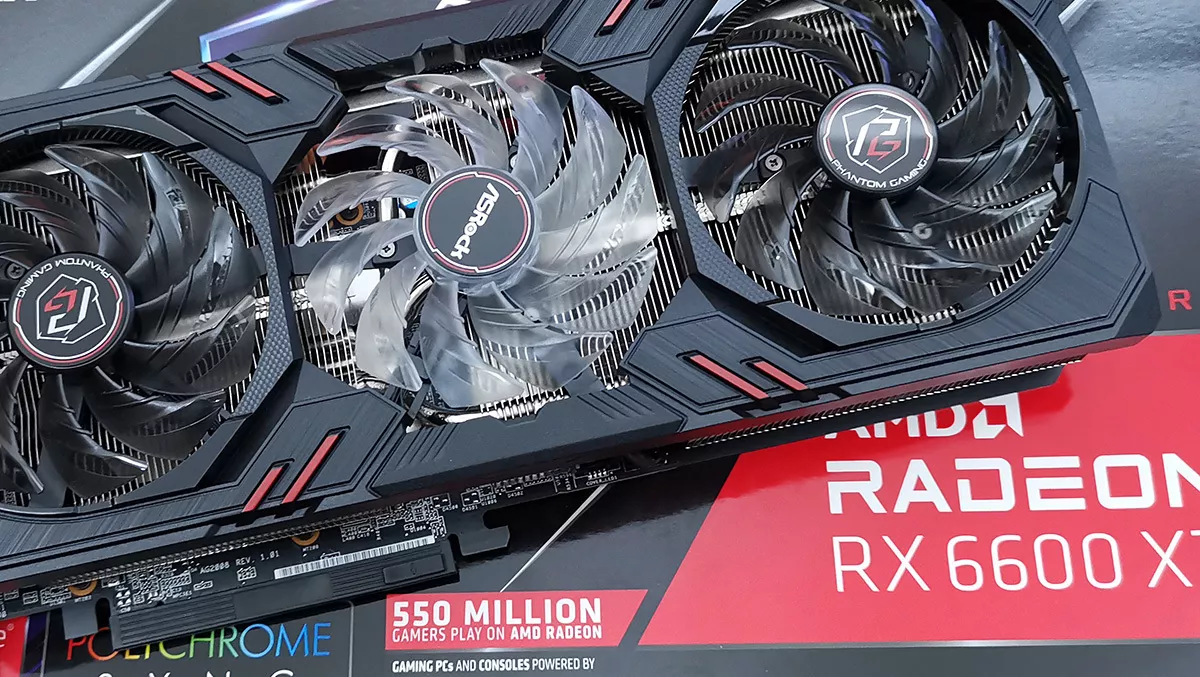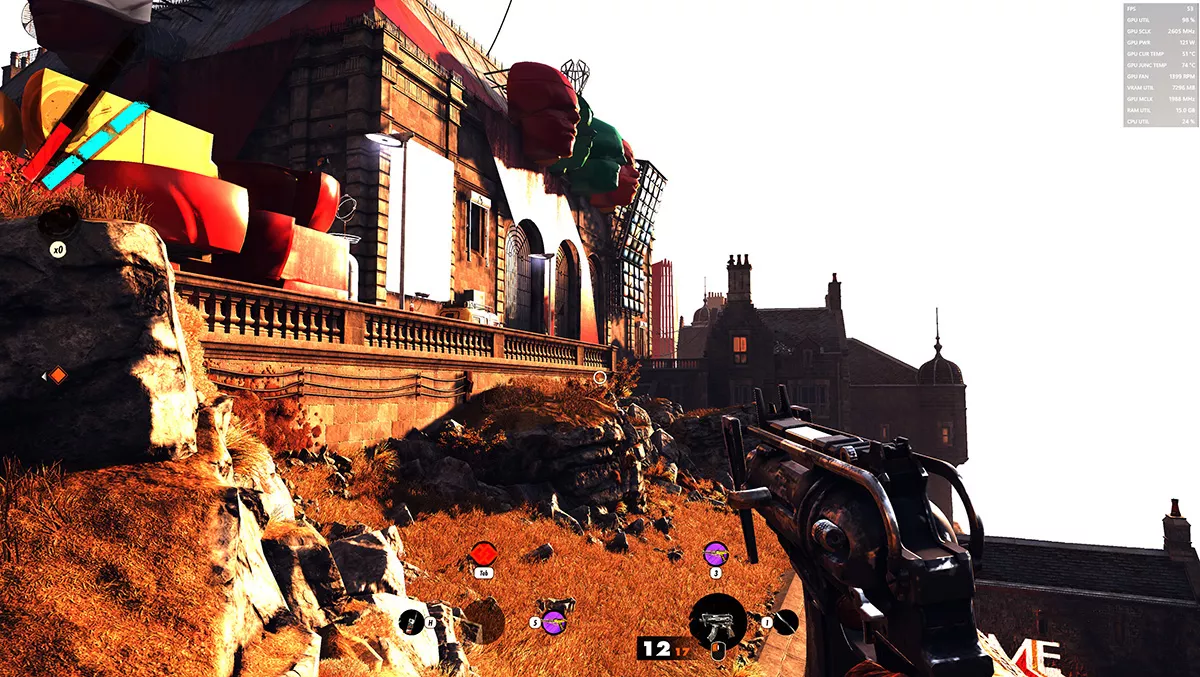
AMD introduces FSR 2.0 giving gaming GPUs a boost
Not only have AMD proudly announced their new line-up of Radeon RX 6000-series graphics cards, but the company has also unveiled the first games to support its FSR 2.0 technology.
Whilst news of news of AMD's Radeon RX 6950 XT, Radeon RX 6750 XT, and Radeon RX 6650 XT graphics cards is exciting, the potential performance increase from FSR 2.0 for existing Radeon cards was what piqued my interest.
Let me step back a moment. With their RTX graphics cards, AMD's GPU rival, Nvidia, launched something called DLSS, or deep-learning super-sampling. The initial idea was that each game was run on a supercomputer somewhere with the quality difference between the high-resolution visuals and that of a lower resolution output fed into an AI algorithm. This data was used by the RTX GPU's Tensor cores to enhance frames rendered at a lower resolution allowing players to enjoy excellent visuals without the performance hit.
FidelityFX Super Resolution (FSR) is AMD's answer to Nvidia's DLSS but this technology requires no supercomputers, nor is it exclusive to AMD GPUs. All it needs is coded support in games. This means anyone with a relatively recent card can get a performance boost for free courtesy of AMD.
There's a list of games that support/will support FSR 2.0, the first of which is Bethesda's time-bending first-person shooter, Deathloop. Also on the list is Microsoft Flight Simulator- a game that needs all the help it can get to improve performance on most GPUs.
This news is perfect timing as the test rig is currently being served by a Radeon RX 6600 XT plumbed into an Aorus 4K monitor. As I mentioned in my review of the Radeon RX 6600 XT, it's a great GPU for 1920x1080 gaming. But pushing pixels at 4K isn't really what the card is designed for. With prices sky-high at the moment, affordable 4K-capable graphics cards are few and far between.
FidelityFX Super Resolution 2.0 gave me the perfect opportunity to return to Deathloop. I was keen to see what performance improvements AMD's new technology made running the game at 4K on the Radeon RX 6600 XT.
Running Deathloop with ultra-settings in 4K gave me around 32 frames per second with FSR 2.0 switched off, which isn't bad really, but a far cry from the demands of the modern gamer. Switching FSR 2.0 on with the maximum performance setting increased the framerate to around 43 FPS, a speed that I found just about acceptable to play the game.

Dropping the settings to low (which still looks pretty go in 4K), with FSR 2.0 switched off, the framerate sat at around 50 frames per second. Switching FSR 2.0 back on increased the framerate to the low 70s but maxing out up to 100 FPS in some areas. These results show about twice the improvement that FSR 1.0 grants. You really can't complain about a 20 FPS increase for free, especially if it allows a game to breach that 60 FPS threshold running at 4K with an entry-level gaming GPU.
It's worth noting that whilst the technology involves upscaling from lower resolution, the resultant visuals using FidelityFX Super Resolution 2.0 seemed indistinguishable from that of the native resolution. The FSR 2.0 process replaces temporal anti-aliasing, and AMD suggests that some images will look even better as a result of the technology. My personal view is that nothing is for nothing, but most gamers do tend to set their visuals far higher than necessary sacrificing frame rate for very little or no quality gain.
FidelityFX Super Resolution 2.0 is a welcome update from AMD that Radeon graphics card owners should embrace. It's not ground-breaking but is free and allows gamers to get a little more out of their GPU investment.


